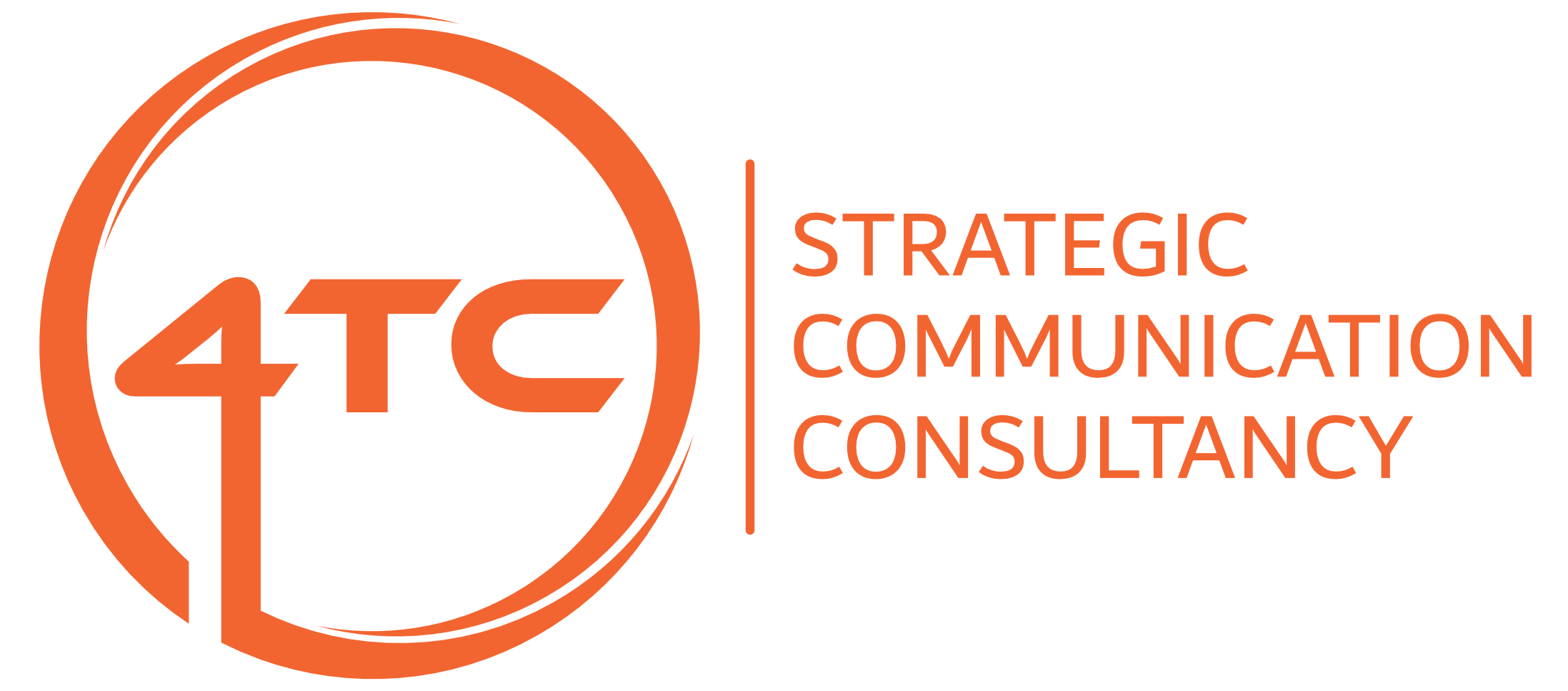what does ai mean for content generation?
When all’s said and done, there are – as we all know – things that a media release needs to contain to be functional and things that need to be added to make it ‘news’. Just in case anyone’s forgotten what they are:
Needs to be based around the who, what, why, where and the when. And – sometimes – how. It should be three paragraphs long and needs a quotation in the second paragraph.
Contains one or more (preferably more) of a list of things – money, technology, human interest, controversy, celebrity, sex or ‘futurology’ – linked to, or part of, the subject matter.
As I’m briefing an AI, here, I’ll also state the incredibly obvious – it has to be true and backed with evidence.
So – is this the end of the communicator as we know her, him or they? I’d say no – in the medium term – for two reasons.
First, no-one’s been successful (or at least not that we know of) in creating a ‘true’ AI – one that is conscious, one that can think for itself, has its own personality and makes its own decisions.
Second (and see above) writing a media release isn’t rocket science – you’d spend as much time feeding the information into the algorithm as you would simply writing it yourself.
That being said, of course, if you don’t trust your writing skills, and it normally takes five attempts to get approval, then an AI with machine learning capability would probably be more consistent out of the box. And would soon learn to create content in a client’s preferred style.
Maybe you’re right to be concerned.
(This blog was created by 4TC’s new communication composition algorithm, Scribl.)*
*No. No, it wasn’t.



